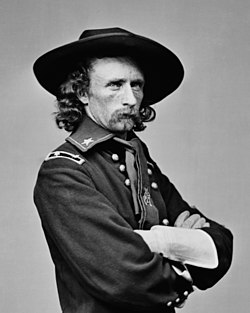 |
| Gordon |
With things deteriorating across the Confederacy, the situation was looking bleak for Robert E. Lee at Petersburg. He had only 50,000 men to hold the many miles of entrenchments defending Richmond, and he was facing Grant, who had 125,000. On March 6, he told John B. Gordon, one of his corps commanders, “there seemed to be but one thing that we could do—fight. To stand still was death. It could only be death if we fought and failed.” Gordon finalized plans on March 23 for a surprise attack against a portion of the Union line, specifically Fort Stedman. He hoped that even if the attack did not break the siege, it would at least foil whatever plans Grant might be making. With Lee's approval, the attack was scheduled for March 25.
Fort Stedman, at which the attack was directed, was chosen because it was one of the points where Union and Confederate lines were the closest. There were also less wooden obstacles in front of it, and there was a Federal supply depot one mile behind it. Gordon's plan was to capture Fort Stedman and then have troops move north and south to roll up the Union line, preparing the way for a heavy column to exploit the breach and head for Grant's main headquarters at City Point. Half of Lee's infantry were on hand to either make the attack or follow up on it. Although the men involved may not have known it at the time, this would be Lee's last great attack.
The Confederates advanced at 4:15 am on March 25th, 150 years ago today. The first troops charged with unloaded muskets. Their duty was to get into the fort as quickly as possible, without stopping to fire. Captain J. P. Carson led one of the forlorn hopes – the troops at the very front of the attack. After the war he wrote his account of the attack:
The command was to advance at the sound of the bugle. It came at last. In an instant we were over the works and heading for the fort with all the speed we could command. We had hoped to reach there undiscovered, but twenty-five yards had not been passed before the fort opened upon us. I do not even now understand it. We were not visible and made no noise, but they knew we were coming and our direction. By the flash of those guns two hundred yards ahead of us darkness disappeared. It was at quick succeeding intervals as light as day. We soon got beneath their line of fire at the foot of the hill. I don't think we had up to this time lost a man. We were still going on the run as hard as we could when we crossed the branch and started up the hill. How we got past the first line of obstructions I could never remember. I was very fleet of foot, but when I reached the line Bob was there ahead of me. I saw him for an instant in the flash of the cannon tearing down and dragging aside the wire and logs. He was very strong, and had broken the wire when I got up. We went through the gap together. How the others crossed I do not know. The next minute we struck the middle line of brush, climbing and rolling over it into the open ground beyond. There the wind from the cannon and flying shot was so strong that we could not keep our hats on, while the frightful roar of the guns drowned every other sound. We went the rest of the way with hats and guns in hand until we struck the last line of obstructions. The men seized the rails with the strength of desperation, dragging them out of the ground and rushing through the gap. The next instant we came into the fire of the smaller guns. Here we hurried forward at full speed. It was every man for himself. Not only were we exposed to the musketry fire, but we had risen to the line of fire from the artillery.
 |
| Fort Stedman during the war |
I do not know exactly how we got through it all, but in a minute more we were in the moat and in two feet of water. The fort had been struck just about the middle. Immediately the infantry ran out upon the works and began to fire straight down upon us. Lieutenant [John T.] Gay, [Fourth Georgia] of La Grange, [GA] fell at this moment mortally wounded, and would have drowned had we not lifted him back upon the bank, where he died. We were in the dark, while the men above were faintly outlined against the gray sky. I called to the men to shoot every Yankee who showed himself. They began firing at once, and in an instant almost the works were cleared. It was but thirteen feet up, and my men were sharpshooters. When the enemy found that it was death to show themselves, they thrust their guns over and discharged them downward. It was a critical moment; we could neither advance nor retreat. I heard simultaneous inquiries from along the line as to what must be done and one or two more suggestions to fall back. Just at this moment with the utmost coolness word was quietly passed along from right to left that a low place had been found. I heard the intelligence coming before the man next to me repeated it. Returning the command, "By the right flank, march," we filed along until the place was reached and then scrambled into the fort. Forming my line, I struck the forces within at right angles, and in a minute more they surrendered. The fort was commanded by General McLaughlin, and over five hundred men surrendered with him.
The Confederates had achieved a near-complete surprise, and were able to quickly seize the fort. Three more batteries were seized, leaving 1,000 feet of the Union line in the hands of Gordon's men. However, the attack began to stall. The Federals put up a good defense on northern and southern flanks of the breakthrough, and the Confederates, confused by the web of trenches and under heavy Union artillery fire, could not make any further advances. The Federal generals quickly brought up troops to seal the gap in the line, and then systematically advanced to eliminate the pocket.
By the time the Confederate attack was completely repulsed, they had suffered about 4,000 casualties - 600 killed, 2,400 wounded and 1,000 captured. They had inflicted 1,044 casualties on the Federals - 72 killed 450 wounded and 522 captured. Although this was a great effort on the on the southerners' part, it was not an important event for the Federals. Lincoln was in town visiting the army, and a grand review had been scheduled. Although the review was delayed during the attack, it went off that afternoon, as if nothing had happened.

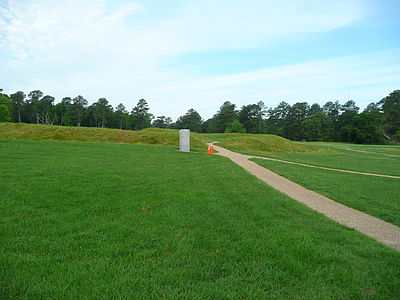


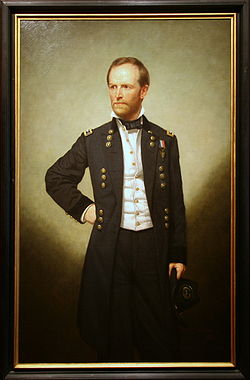

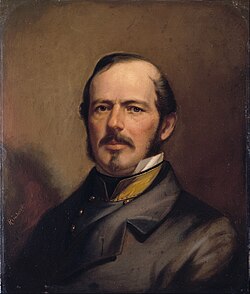

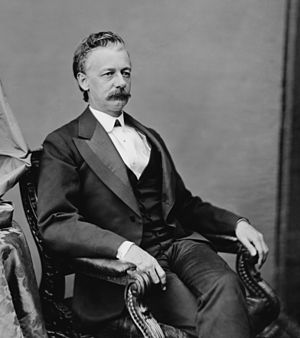



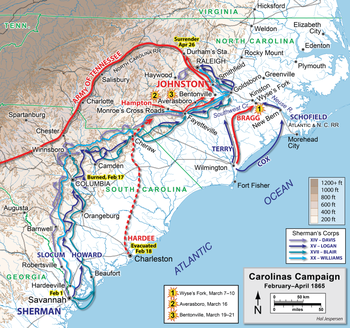
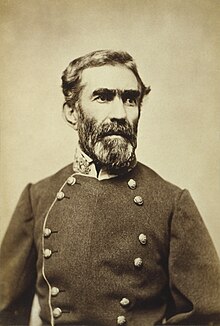

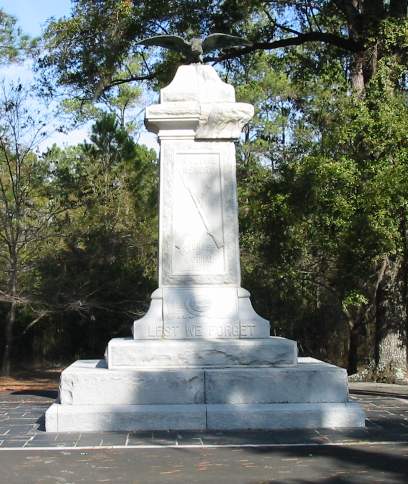
.jpg/250px-John_Newton_(ACW).jpg)

